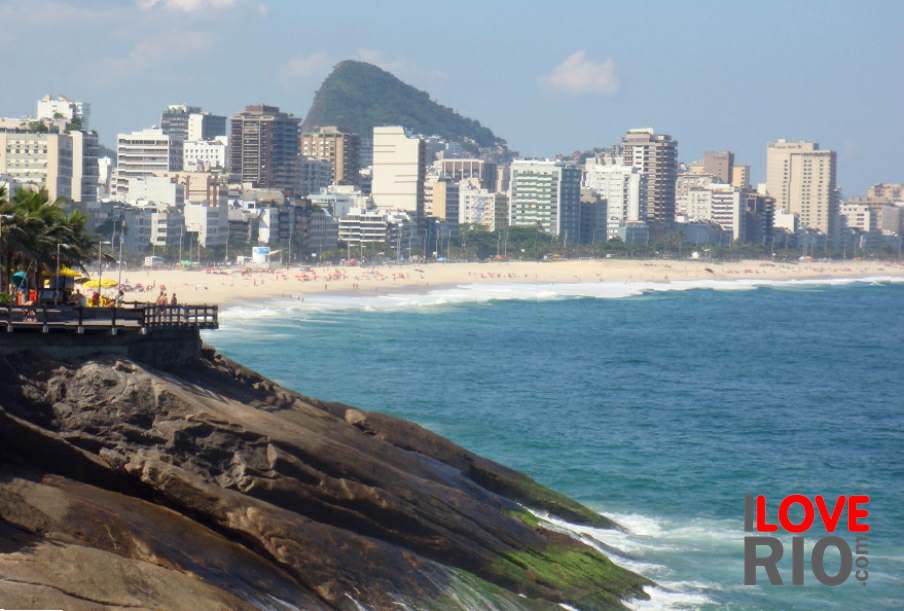

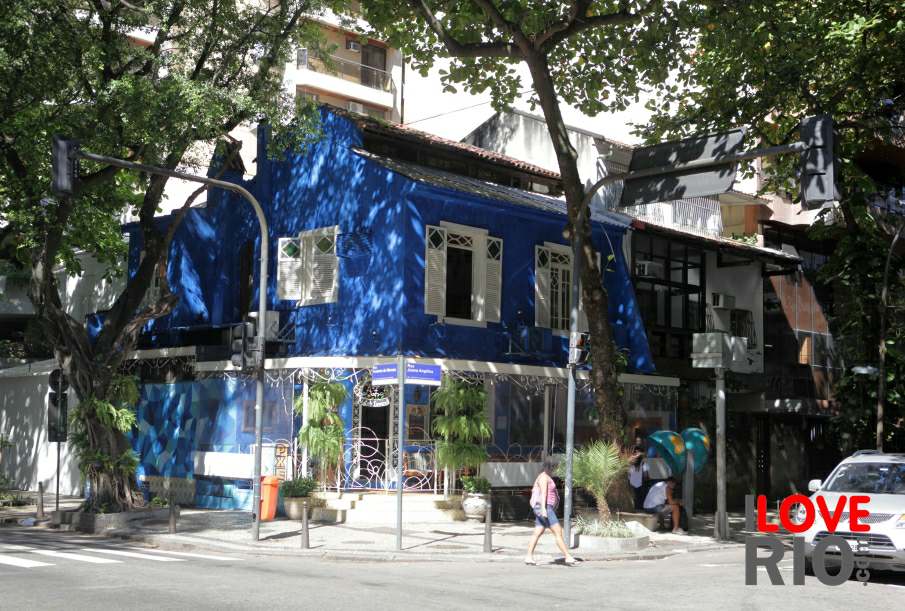
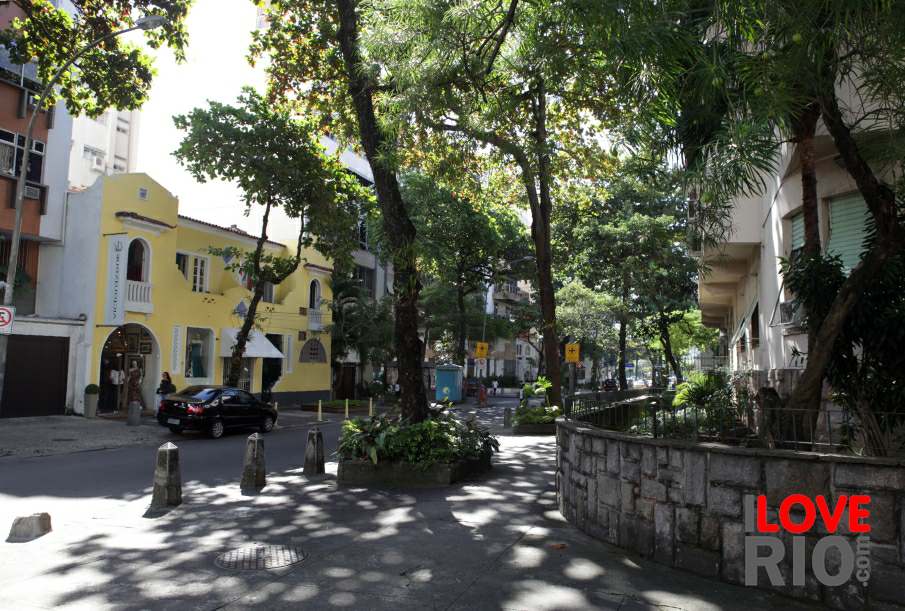
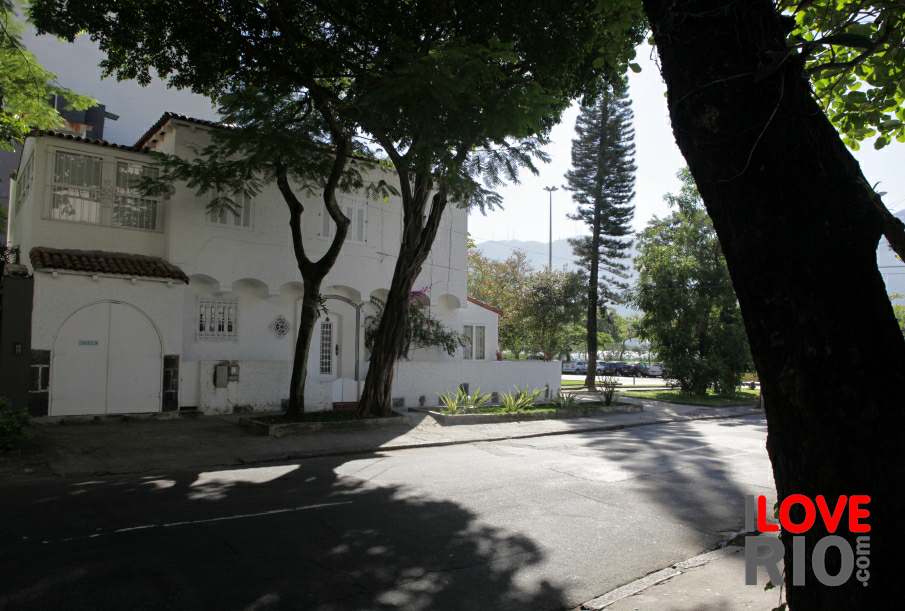

at a glance
The argument put forward in this work is that the programmatic change in Brazilian modernism was not determined by the influence of national or international vanguard movements, but instead resulted from a set of practices and social relations which ran in opposition to academicism and figurative modernism. my proposal is, therefore, to understand the emergence of the concrete movement in Rio de Janeiro, by studying the Studio of Engenho de Dentro, which brought together artists, critics, doctors and patients from the Centro Psiquiátrico Nacional Pedro II (Pedro II National Psychiatric Center), from 1946 to 1951.


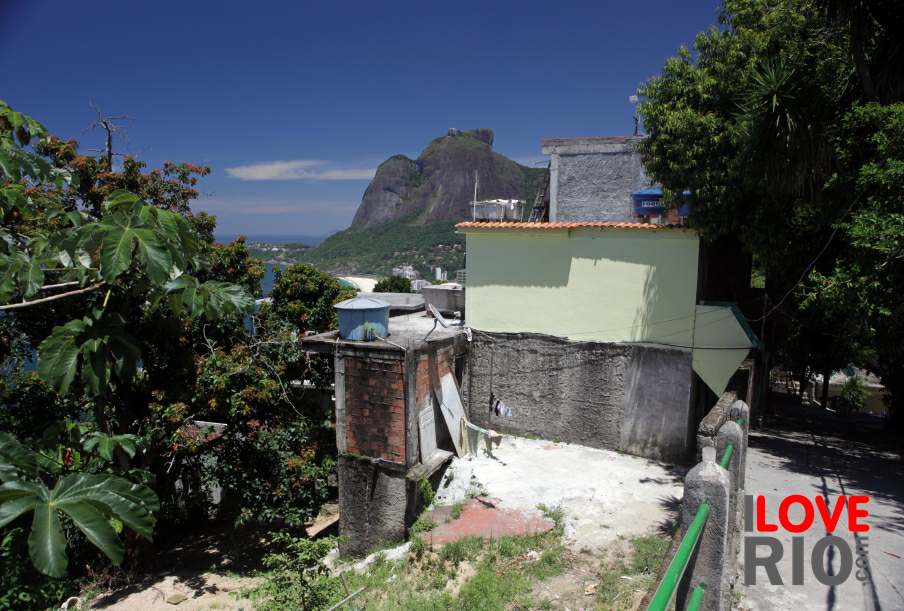

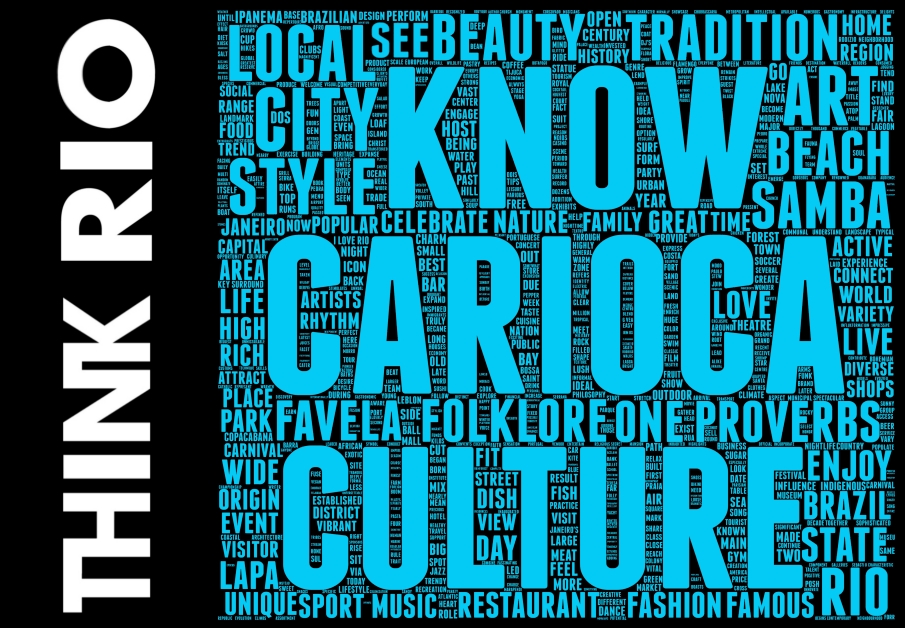
zona norte




